- Why I Use Silver Efex Pro
- Understanding the SEP Interface
- Processing an Image: From Start to Finish
- Top Ten Tips for SEP2
Processing an Image: From Start to Finish
You’ve spent most of this chapter dissecting all the great tools SEP has to offer. Now let’s put those tools to good use and process a few images.
Creating a Landscape
The key to creating a dynamic black-and-white landscape image is keeping it simple and accentuating the obvious. Figure 4.45 shows an image I took at Mono Lake, California. When processing an image, you first need to analyze it and think about what it is that makes it good. In this instance it boils down to three compositional elements: the billowing clouds, the mountains in the distance, and the reflection of the clouds in the water. The image appears a little flat, but the histogram indicates that there is a decent tonal range to work with.
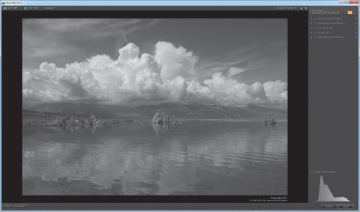
Figure 4.45. A decent tonal range spans from the shadows to the highlights.
Although the current tonal range is good, it would be better if the final image had a high amount of contrast as well as increased texture. The goal is to make the clouds appear almost three-dimensional by darkening the sky and adding texture to the clouds.
Let’s begin by using the High Structure (smooth) preset (Figure 4.46). I typically use the same preset 70 percent of the time because it ensures that my style stays consistent. (However, you can use whichever preset you feel is necessary when developing your vision.)
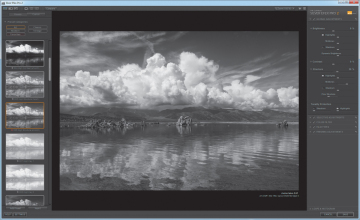
Figure 4.46. The High Structure (smooth) preset adds more structure to the midtones.
Darken the sky
We can skip the Global Adjustments because the preset has set those already and they look good. Taking control of the sky and darkening it without affecting the clouds is the next step. To do this, we’ll use the Blue Color Sensitivity slider located under Film Types and slide it to the left to darken the sky (Figure 4.47).
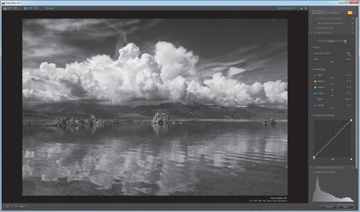
Figure 4.47. Moving the Blue Color Sensitivity slider to the left darkened the sky.
Dynamic clouds
Next, head to Selective Adjustments and add control points to the clouds. To add a control point, simply click Add Control Point or press Ctrl+Shift+A (Command+Shift+A).
The key to making a good selection with your control point is to use your histogram’s zones and identify the best location to drop your control point for the maximum effect. In this example, Zone 8 covers most of the highlight region of the clouds, so placing a control point on pixels that fall within that zone is needed. Once the control point is placed in the right location, it’s critical to make sure the control point size, or boundary, is large enough to encompass all of the clouds. Also, cranking up the Structure slider adds texture to the clouds and makes them pop (Figure 4.48).
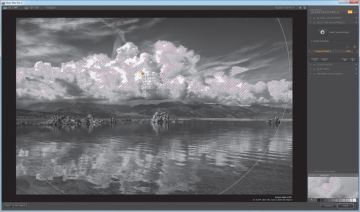
Figure 4.48. The Structure slider does a great job of adding texture to an image.
The final image now meets the original goals. The subtle enhancements to the sky wouldn’t have been achievable by using only a preset (Figure 4.49).
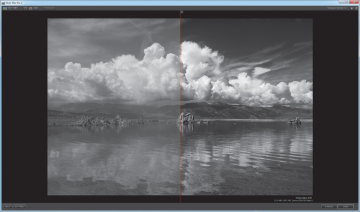
Figure 4.49. Notice how the sky pops now compared to the default conversion.
Creating a Portrait
Creating an interesting portrait is about finding the balance between showcasing your subject’s personality and integrating your own personal style as a photographer. For those of you who follow my blog, you’ll quickly recognize my daughter Anna in the photograph used in this exercise. She’s been an inspiration and source of silliness throughout the years. There’s very little that is dark about her personality, so a high-key image would work well for her portrait. Matching the mood to the key is very important. For solemn or serious subjects, a low-key or dark image works well, but for happy or funny moments, a high-key or light image is more appropriate. Knowing your subjects and their personalities, and matching them to the key of the image, is critical for setting the tone of a black-and-white portrait.
Beyond balancing the mood, it’s also important to highlight the unique physical features of your subject, which in this photo is Anna’s blue eyes and smile. The goal is to create a high-key image and draw attention to her eyes and smile without being distracted by the background or clothing.
Creating a high-key image
Let’s start by using the Overexposed Preset (Ev+1). Click the Overexposed Preset (Ev+1) in the Preset panel to create a nice baseline. Then click Show Image Only view so that only the image and the Adjustments panel are open (Figure 4.50).
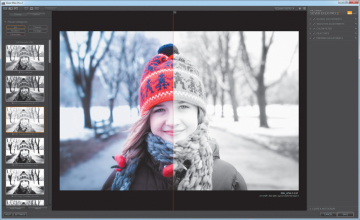
Figure 4.50. The Overexposed Preset is a good starting place for this high-key image.
This image is now very bright. Using the Dynamic Brightness slider, darken the image a bit by moving it to the left. The image needs to be high-key but not blown out. Add a little detail back into the midtones by increasing the Midtone Structure slider to the right (Figure 4.51).
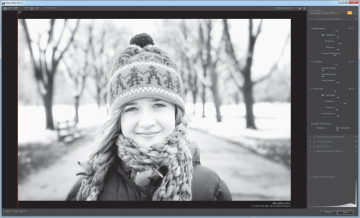
Figure 4.51. Use the Midtone Structure slider to increase details in the midtones.
The background is still a little distracting, so let’s place four control points strategically around the subject to help shape the high-key image. Remember to draw the boundary so it’s affecting only the area you want to adjust. Next, group the control points by holding down the Shift key and clicking each point until they’re all selected; then click the Group Control Point button or press Ctrl+G (Command+G). Using the master control point, decrease the Structure to 0 and increase the Brightness to 50% (Figure 4.52).
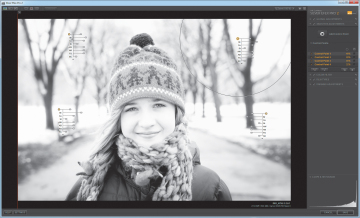
Figure 4.52. Using control points, you can effectively dodge (lighten) or burn (darken) in a background.
You might be wondering why you did all that work with the midtones just to undo it now. Remember that Global Adjustments affect the entire image; the goal was to increase the midtone details in Anna’s hair, hat, and jacket but not add to the distracting background. So, by using control points, you’re able to chisel away at the effect.
All about the eyes
Now it’s time to bring out the details in her eyes and accentuate her smile. Create two small boundary control points in the colored part, or iris, of the eye. I strongly recommend using the Loupe view to assist in placing the control point. Group the two control points and increase the master control point’s Structure slider to 50%. To accentuate the smile, add another control point where the lips meet and increase the structure to 30% (Figure 4.53).
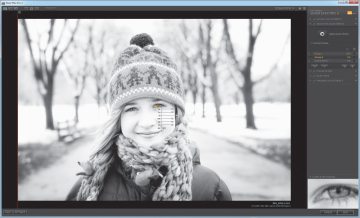
Figure 4.53. Using the Loupe view can be very helpful when placing your control point.
Working the Color Sensitivity sliders
The Color Sensitivity sliders located under Film Types work great when you’re trying to adjust contrast within an image. In this case, the color sliders are used to adjust the contrast of the background, Anna’s hat, eyes, and face. Decreasing the red slider by 50% darkens her hat, skin tone, and lips. Increasing the blue slider lightens her eyes, and adjusting the yellow and violet sliders tweaks the color in her hat (Figure 4.54).
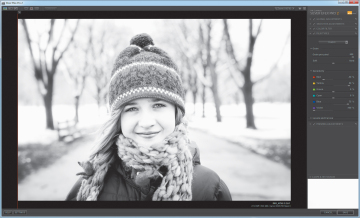
Figure 4.54. The color sliders work well when increasing or decreasing a particular tone.
Now compare the edited version against the original black-and-white image to see that the goals for this image have been accomplished (Figure 4.55).
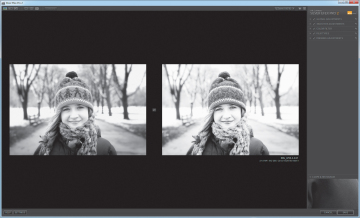
Figure 4.55. Notice how the background has less definition, whereas Anna’s eyes and smile pop.
Toning an Image
Toning an image can be a creative way to deal with images that are very flat or gray by nature. Figure 4.56 shows an image I photographed of two male elephants fighting for dominance. Although I thought this image would make an interesting black and white, none of my editing attempts seemed to do it justice until I decided to head down the road of using a Cool preset. Let’s work this image together. You’ll first need to register your book so that you can download this image from www.peachpit.com/nikplugin. Once registered, open the file elephant.start.tif and follow along with me to practice toning this image.
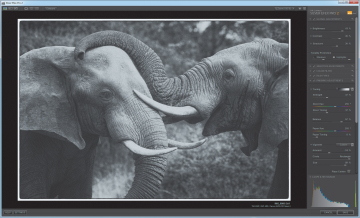
Figure 4.56. The tonality sliders do a great job of adding back lost detail in the shadows and highlights.
Click the Cool Tone 1 preset and switch to Show Image Only view. Although this preset is a great starting point, it needs some tweaking. Notice how blown out the highlights are in the center of the image and how little detail is in the shadows. To bring that detail back to the highlights, you need to move the Highlights Tonality Protection slider all the way to the right. To gain back some detail in the shadows, jump down to the Finishing Adjustments to back off of the vignette that the preset created. Then increase the Shadow Tonality Protection slider to bring detail back into the shadows.
Now it’s time to add texture to the elephants’ heads by creating a group of control points and placing them along the elephants’ heads and trunks. Using a master control point, increase the Structure to 100% and Fine Structure to 32% (Figure 4.57).
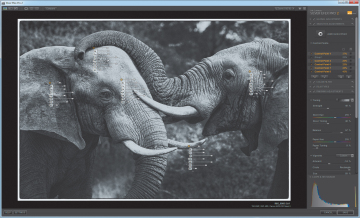
Figure 4.57. Grouping control points that perform similar functions saves time.
To really make the elephants stand out, you need to burn in the background. To do this, place a few control points in the background and create a group, but this time instead of increasing the Structure, decrease the Brightness to -60%, Structure to -100%, and Fine Structure to -100% (Figure 4.58).
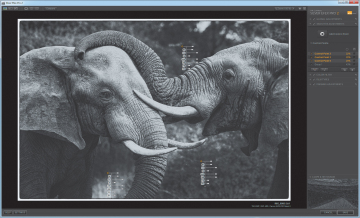
Figure 4.58. Using a group of control points to burn in the background.
Finally, add some finishing touches by increasing the Toning strength to 50% and changing the border to a cleaner look by selecting a Type 14, which I like better than the preset’s default (Figure 4.59).
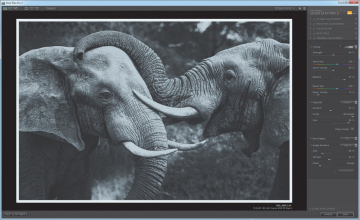
Figure 4.59. Using the Finishing Adjustments tools should be one of the last things you do prior to saving an image.
Figure 4.60 compares the image to the original Cool Tone 1 preset that was used at the start. The goals of showcasing the texture and adding a unique tone to the image were definitely achieved.
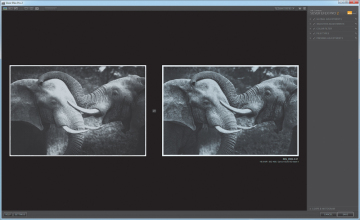
Figure 4.60. Notice the detail in the trunks and shadow regions of the image.